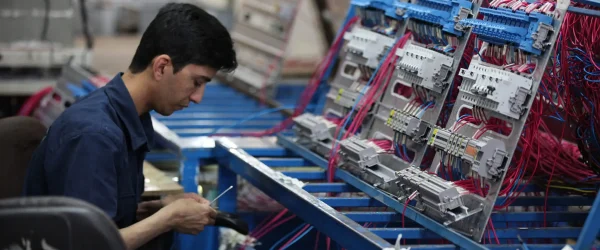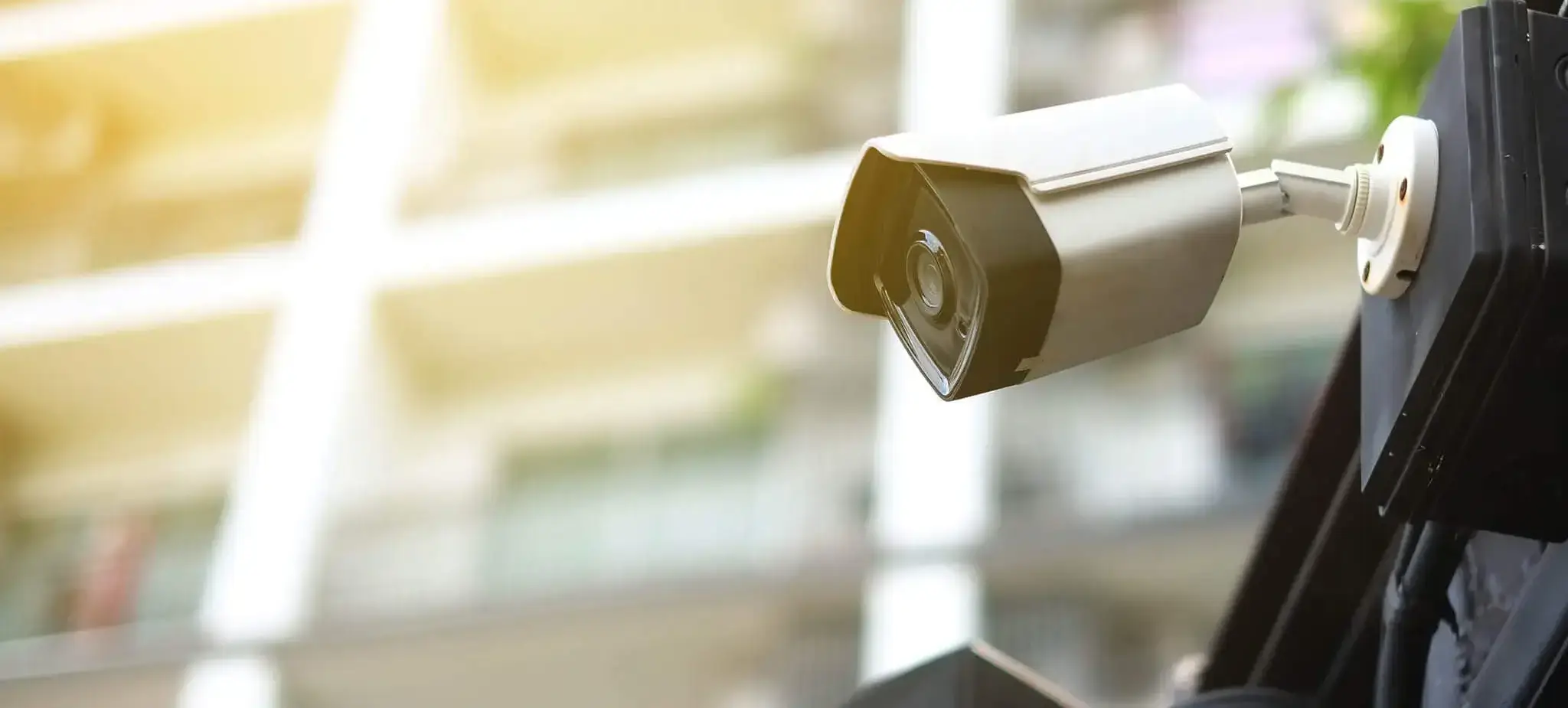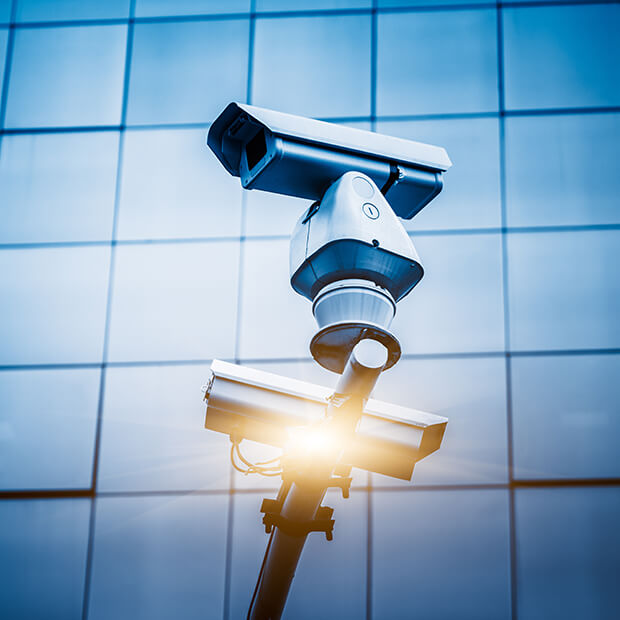In today’s digital age, access control systems are essential for safeguarding sensitive areas, protecting assets, and ensuring the safety of employees and visitors. From offices and industrial facilities to healthcare centers and educational institutions, access control systems regulate who enters and exits a premises. However, like any technology, these systems require regular maintenance to function effectively. This article explores the importance of access control maintenance, key practices for upkeep, and how businesses can ensure their systems remain reliable and secure.

Access control systems are the first line of defense against unauthorized entry, but their effectiveness diminishes without proper maintenance. Regular upkeep ensures these systems operate optimally, providing consistent security and minimizing vulnerabilities.
Preventive maintenance reduces the likelihood of costly repairs and replacements. Addressing minor issues before they escalate saves businesses time and money in the long run.
Maintenance prevents system failures that can lead to downtime and security vulnerabilities. Proactive upkeep ensures that all components, including hardware and software, remain operational and efficient.
Many industries are subject to strict security and data protection regulations. Regular maintenance ensures that access control systems comply with these standards, helping businesses avoid legal penalties and reputational damage.
Well-maintained access control systems prevent unauthorized access, protecting sensitive areas and valuable assets. Regular checks ensure that components such as card readers, keypads, and biometric scanners function correctly, reducing the risk of security breaches.
To ensure the reliability and effectiveness of access control systems, businesses should adopt the following maintenance practices




